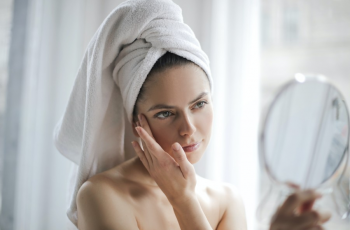

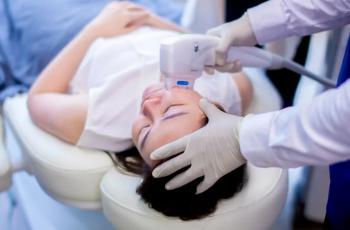
Ultherapy Skincare Guide: How to Prep and Protect Skin

How to Choose Safe, Effective Sunscreen for Your Skin Type
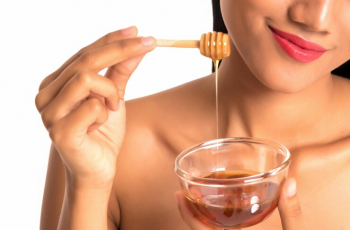
How to Brighten Dark Skin Around the Mouth Naturally and Safely

Post-Sun Skin Care Routine for Radiant, Healthy, Glowing Skin
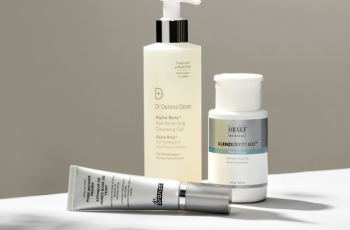
Dermatologist-Approved Skincare Tips to Minimize Pores and Smooth Skin
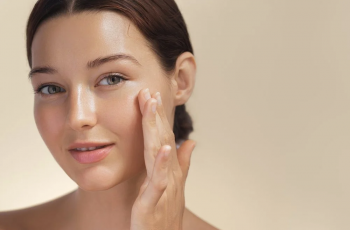
Science-Backed Skincare Strategies to Restore Collagen and Firm Your Skin
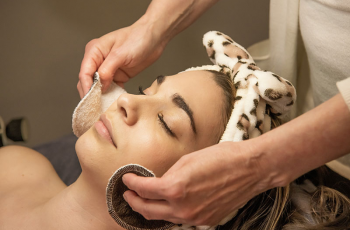
Expert Skincare Tips to Remove Makeup Completely and Protect Your Skin
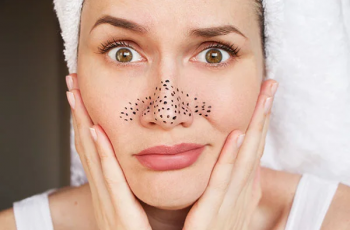
Effective Skincare Tips to Remove and Prevent Nose Blackheads
Ad Blocker Detected
Our website is made possible by displaying online advertisements to our visitors. Please consider supporting us by disabling your ad blocker.